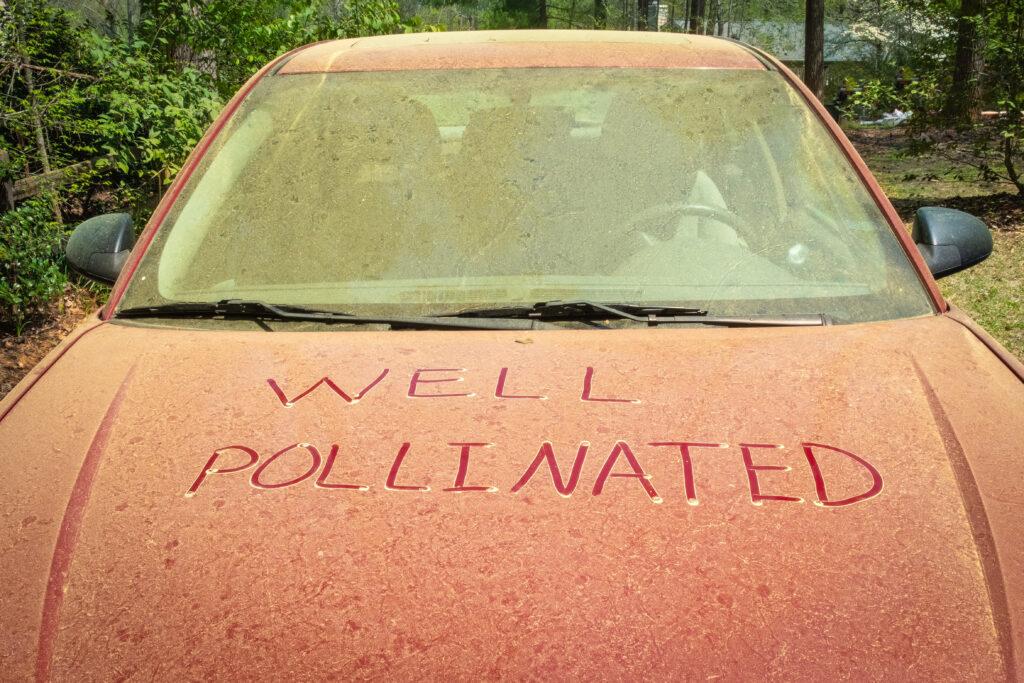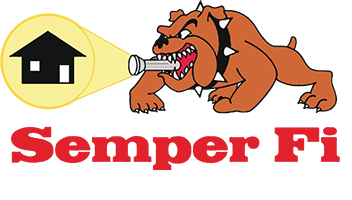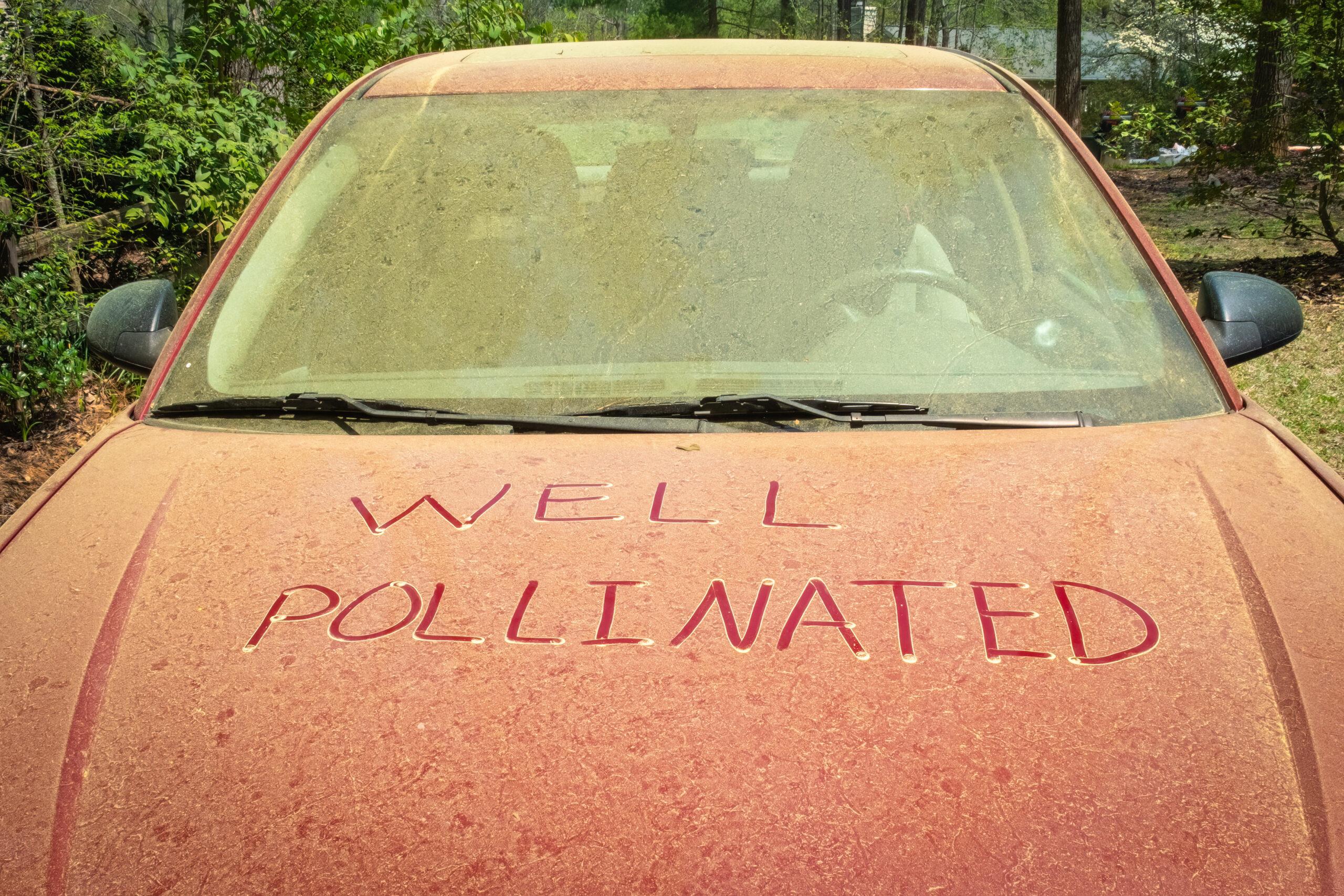Outdoor air pollution in cities is a major health problem. But air pollution can be a problem where you least expect it, in the place you may have thought was safest — your home.
Many ordinary activities, such as cooking, heating, cooling, cleaning and redecorating, can cause the release and spread of indoor pollutants at home. Studies have shown that the air in our homes can be even more polluted than outdoor air.
People who are inside a great deal may be at greater risk of developing health problems, or having problems made worse by indoor air pollutants. These people include infants, young children, the elderly and those with chronic illnesses.

What are Biological Pollutants?
Biological pollutants are, or were, living organisms. They promote poor indoor air quality and may be a major cause of days lost from work and school, and of doctor and hospital visits. Some can even damage surfaces inside and outside your house. Biological pollutants can travel through the air and are often invisible, and may include:
- animal dander (minute scales from hair, feathers, or skin);
- dust mite and cockroach parts;
- infectious agents (bacteria and viruses); and
- pollen.
Some of these substances are in every home. It is impossible to get rid of them all. Even a spotless home may permit the growth of biological pollutants.
Two conditions are essential to support biological growth: nutrients and moisture. These conditions can be found in many locations, such as bathrooms, damp or flooded basements, wet appliances (such as humidifiers and air conditioners), and even some carpets and furniture.
Health Effects of Biological Pollutants
All of us are exposed to one or more of these items. However, the effects on our health depend on the type and amount of biological pollution and the individual person. Problems vary from allergic, infectious to toxic. Allergic reactions may include:
- watery eyes;
- runny nose and sneezing;
- nasal congestion;
- itching;
- coughing;
- wheezing and difficulty breathing;
- headache; and
- fatigue.
Checking Your Home
There is no simple or cheap way to sample the air in your home to determine the level of all biological pollutants. Even if you had your home tested, it is almost impossible to know which biological pollutant(s) cause various symptoms or health problems.
Self-Inspection: A Walk Through Your Home
Begin by touring your household. Follow your nose, and use your eyes. Two major factors help create conditions for biological pollutants to grow: nutrients and constant moisture with poor air circulation.
- Dust and construction materials, such as wood, wallboard and insulation, contain nutrients that allow biological pollutants to grow. Firewood also is a source of moisture, fungi and bugs.
- Appliances, such as humidifiers, kerosene and gas heaters, washers and clothes dryers, dishwashers and gas stoves, add moisture to the air.
A musty odor, moisture on hard surfaces, and even water stains, may be caused by:
- air-conditioning units;
- basements, attics and crawlspaces;
- bathrooms;
- carpets;
- heating and air-conditioning ducts;
- humidifiers and dehumidifiers; and
- refrigerator drip pans.
Before You Move into a New Home
Protect yourself by hiring a licensed home inspector to inspect your potential new home. If you identify problems, have the landlord or seller correct them before you move in, or even consider moving elsewhere.
- Have professionals check the heating and cooling system, including humidifiers and vents. Have duct lining and insulation checked for growth.
- Check for exhaust fans in bathrooms and kitchens. If there are no vents, do the kitchen and bathrooms have at least one window in each room? Does the stovetop have a hood vented outside? Does the clothes dryer vent outside? Do all vents exhaust to the outside of the building, and not in attics or crawlspaces?
- Look for obvious mold growth throughout the house, including attics, basements and crawlspaces, and around the foundation outside. See if there are many plants close to the house, particularly if they are damp and rotting. They are a potential source of biological pollutants. Downspouts from roof gutters should route water away from the building.
- Look for stains on the walls, floor or carpet (including any carpet over concrete floors) as evidence of previous flooding or moisture problems. Is there moisture on windows and surfaces? Are there signs of leaks or seepage in the basement?
- Look for rotted building materials, which may suggest moisture or water damage.
- If you or anyone else in the family has a pet allergy, ask if any pets have lived in the home.
- Examine the design of the building.
- Look for signs of cockroaches.
Information from InterNACHI
For commercial property inspections in the Dallas/Fort Worth area, including a thorough and informative home inspection report, learn more at
or request a quote for a commercial inspection at
682-351-2267



